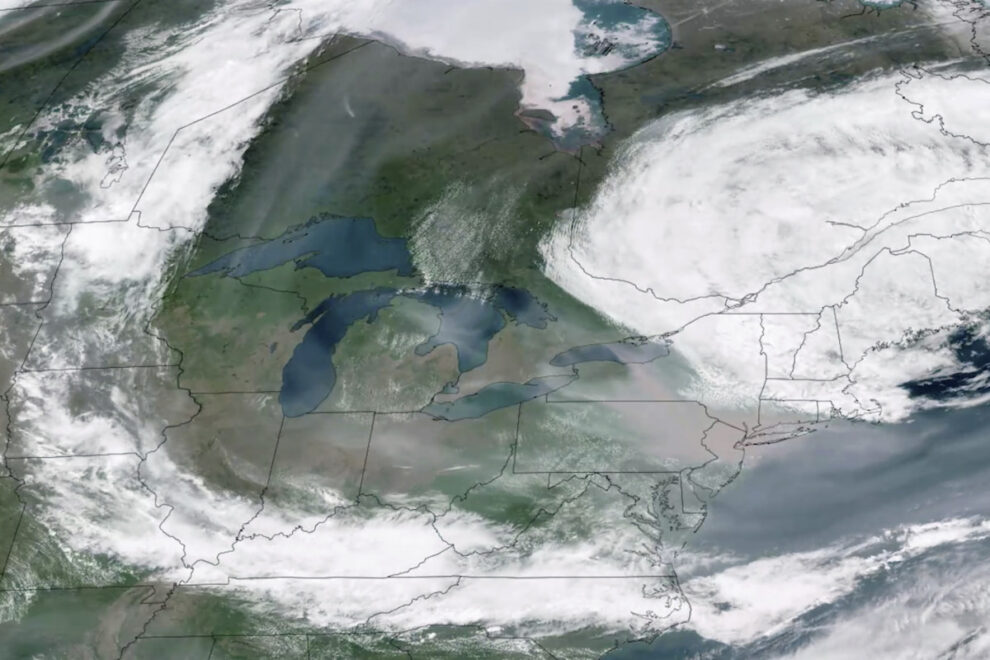Millions of people from the northern Plains south to the border with Mexico are under the threat of severe weather over the next few days. The American Red Cross is closely watching the situation and preparing to respond if necessary. There are also steps people should follow to help them stay safe during the storms.
The National Weather Service reports a large swath of the country could be in for severe thunderstorms capable of producing frequent lightning strikes, large hail, damaging wind gusts and tornadoes. Wind gusts could reach higher than 60 mph in some areas. Nebraska, Kansas and Oklahoma face an enhanced risk of severe storms.
The Red Cross issues these steps to help people stay safe as the storms move into their area:
Watch for storm signs, such as darkening skies, lightning flashes and increasing wind.
- If thunder roars, go indoors. If you can hear thunder, you are close enough to be in danger of lightning. Postpone outdoor activities if thunderstorms are likely to occur. Lightning can still be dangerous even if it’s not raining.
If a severe thunderstorm warning is issued, take shelter in a substantial building or vehicle with the windows closed.
- Get out of mobile homes that can blow over in high winds. Avoid using electrical equipment and telephones. Use battery-powered or hand-crank radios instead. Keep away from windows, and don’t bathe or use plumbing.
If you are driving, try to safely exit the road and park.
- Stay in your vehicle and turn on the emergency flashers until the heavy rain ends. Avoid touching metal or other surfaces that conduct electricity in and outside of the vehicle.
If you’re outside and cannot reach a safe building, avoid high ground, water, tall or isolated trees and metal objects, such as fences and bleachers.
- Picnic shelters, dugouts and sheds are NOT safe places to be.
If someone has been struck by lightning, call 911.
- Anyone who has sustained a lightning strike requires professional medical care. Check the person for burns and other injuries. If the person has stopped breathing, begin CPR. It’s safe to touch people who have been struck by lightning, as they don’t retain an electrical charge.
Source: Red Cross











